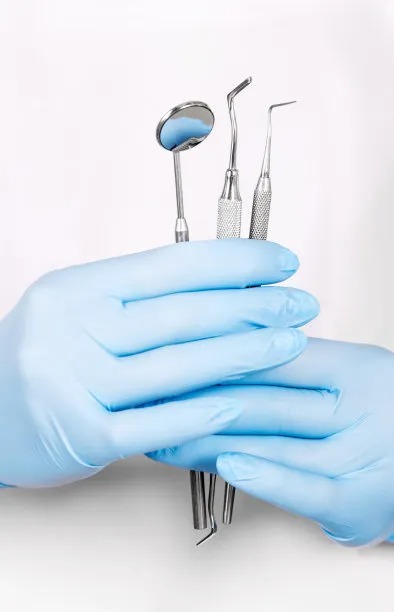The Essential Guide to Safely Extracting a Tooth and Promoting Successful Healing Afterwards
Summary: Dental extraction can be a daunting experience for many individuals, yet it is sometimes necessary for maintaining or restoring oral health. This essential guide aims to equip readers with a comprehensive understanding of safely extracting a tooth and promoting optimal healing afterward. The article delves into the importance of preparation and consultation, the step-by-step extraction process, post-extraction care, and tips for ensuring an effective recovery. By following these guidelines, patients can minimize discomfort and promote swift healing, allowing them to return to their everyday lives with ease.
1. Importance of Preparation and Consultation

Before undergoing a tooth extraction, thorough preparation is vital. Consulting with a qualified dentist ensures that patients understand the procedure and its implications. Dentists will evaluate the patient’s dental history, perform necessary imaging, and explain the reasons behind the extraction. This initial assessment helps to identify any potential complications that may arise.
Furthermore, patients should prepare themselves mentally and physically. Knowing what to expect can alleviate anxiety and create a more relaxed experience. This can involve discussing sedation options with the dentist, which may include local anesthesia or sedation techniques, depending on the complexity of the extraction.
Additionally, making arrangements for post-extraction recovery is crucial. Patients should plan for someone to drive them home if sedation is used, and stock up on soft foods and pain relief medications. Such preparation lays the foundation for a smoother experience and promotes better healing outcomes.
2. Step-by-Step Tooth Extraction Process
The extraction process itself involves several critical steps that dental professionals follow meticulously to ensure patient safety. Initially, the dentist will administer anesthesia to numb the area surrounding the tooth, ensuring a comfortable procedure. Once the area is numb, the dentist may use special tools to loosen the tooth from its socket.
After loosening the tooth, the dentist will carefully remove it using dental forceps. In some cases, the tooth may need to be broken into smaller pieces for easier removal, particularly if it is impacted or broken. The dentists skill and precision during this phase are essential, as they aim to minimize trauma to the surrounding tissues.
Post-removal, the dentist will clean the extraction site and may place gauze over it to control bleeding. Instructions regarding the care of the site will also be provided. Following the proper extraction techniques ensures not only a successful removal but also sets the stage for effective healing.
3. Post-Extraction Care Guidelines
Post-extraction care plays a significant role in the healing process. Immediately after the procedure, patients are advised to bite down on gauze pads for at least 30 minutes to help control bleeding. If bleeding persists, replacing the gauze and applying gentle pressure can be beneficial. However, excessive bleeding should be reported to the dentist.
Next, managing pain is a common concern after an extraction. Over-the-counter pain relievers or prescribed medications can help alleviate discomfort. It’s crucial to follow dosage instructions carefully. Additionally, avoiding strenuous activity for a few days can reduce the risk of complications.
Dietary choices post-extraction also impact recovery. Patients should stick to soft foods and avoid hot, spicy, or acidic items for several days. Staying hydrated and maintaining proper oral hygiene, while being gentle around the extraction site, will further promote healing. These guidelines help facilitate a smooth recovery process.
4. Tips for Ensuring Effective Recovery
To ensure a successful recovery after tooth extraction, following a few key tips can be highly beneficial. First, staying diligent about follow-up appointments with the dentist is essential. These appointments allow the dentist to monitor the healing process and address any concerns that may arise.
Additionally, avoiding tobacco and alcohol is crucial during the recovery period. These substances can hinder healing and increase the risk of complications, such as infection. Promoting a healthy diet rich in vitamins and minerals will support the body’s healing processes.
Lastly, being mindful of symptoms indicating potential complications, like severe pain, prolonged swelling, or fever, is important. If any of these occur, contacting the dentist promptly can help mitigate issues before they escalate. Following these tips fosters a smooth recovery and returns individuals to their regular routine.
Summary:
In conclusion, safely extracting a tooth and promoting successful healing is a multifaceted process that begins with thorough preparation and consultation, proceeds through a carefully executed extraction, and extends into diligent post-extraction care. By understanding the importance of each step and adhering to recovery guidelines, patients can ensure a smoother experience and healthier outcomes.
This article is compiled by Vickong Dental and the content is for reference only.



